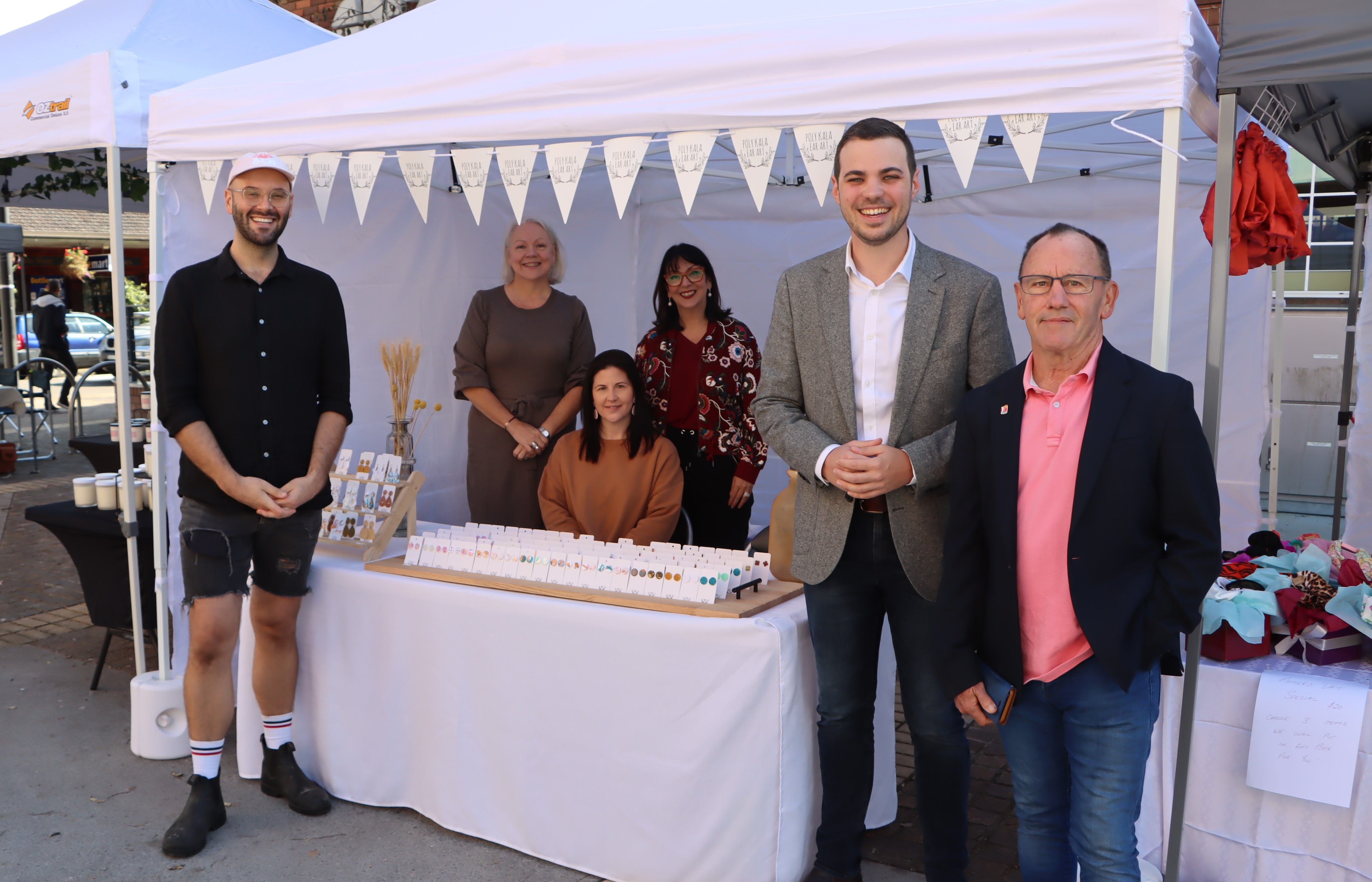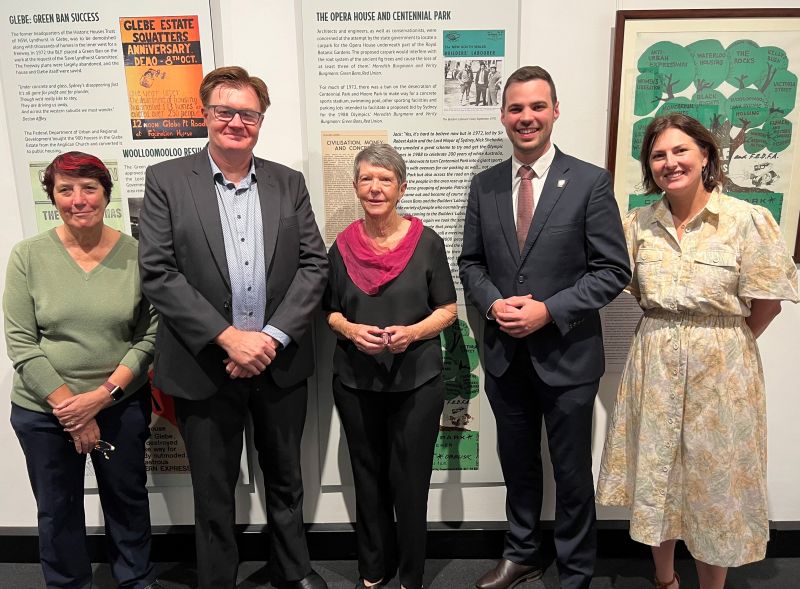Australia’s wineries, breweries and distilleries will bring in even more tourists as part of a $20 million boost from the Morrison Government for new infrastructure and events.
Prime Minister Scott Morrison said the Government was backing Australia’s tourism operators to do what they do best.
“We’re opening Australia’s cellar doors to the world for more of our wine, spirit and craft beer producers,” the Prime Minister said.
“A strong tourism industry means a strong economy.
“Tourism is key to our plan and this funding will help bring in more tourists to local businesses, meaning more people touring our breweries and wineries, more people buying products and ultimately businesses employing more people.
“Australia is a global tourism leader for our beaches, parks, wildlife, Indigenous culture and our cities, and there are huge opportunities for our wineries and distilleries to take advantage of the planeloads of tourists looking for a new experience as we emerge from COVID lockdowns.”
A re-elected Morrison Government will invest $15 million in the wine, spirits and craft breweries sector, providing up to $100,000 in matched funding for small to medium-sized wineries, distilleries and beer producers for the construction or upgrade of cellar door or tourism-associated facilities (excluding accommodation), such as restaurants, tour facilities and viewing platforms.
An additional $5 million will be provided through the Wine, Spirits and Craft Breweries Tourism Events program to provide up to $100,000 to tourism and local government organisations to create new events and experiences to attract tourists and showcase wineries, distilleries and craft beer makers.
Our Government has a plan to grow the total value of the visitor economy to $230 billion by 2030, including $100 billion for regional Australia, supporting more jobs and opportunities.
Minister for Trade, Tourism and Investment Dan Tehan said a strong economy was the bedrock of a successful tourism industry.
“A strong economy means our Government can cut taxes for tourism operators while investing more in promoting our country, building the infrastructure that improves the visitor experience and protecting the environment that helps drive tourist demand,” Minister Tehan said.
“Only our Government is investing in the future to support local jobs and businesses and to ensure we remain a world-leading tourist destination.
“Our long-term plan to grow and strengthen the tourism sector puts modernisation, diversification and collaboration at its core.
“More than 60 per cent of distilleries are in rural and regional Australia and Australian wineries spread across 65 regions, so these programs will support regional Australia to diversify their tourism offerings, which is a key plank of our long-term tourism strategy.”
The Morrison Government provided more than $20 billion in assistance to the tourism and hospitality industry to get through COVID-19. Now, because of our strong economy, we can further invest to grow and strengthen the tourism sector and take advantage of the pent-up demand to travel, as the world emerges from the pandemic.


